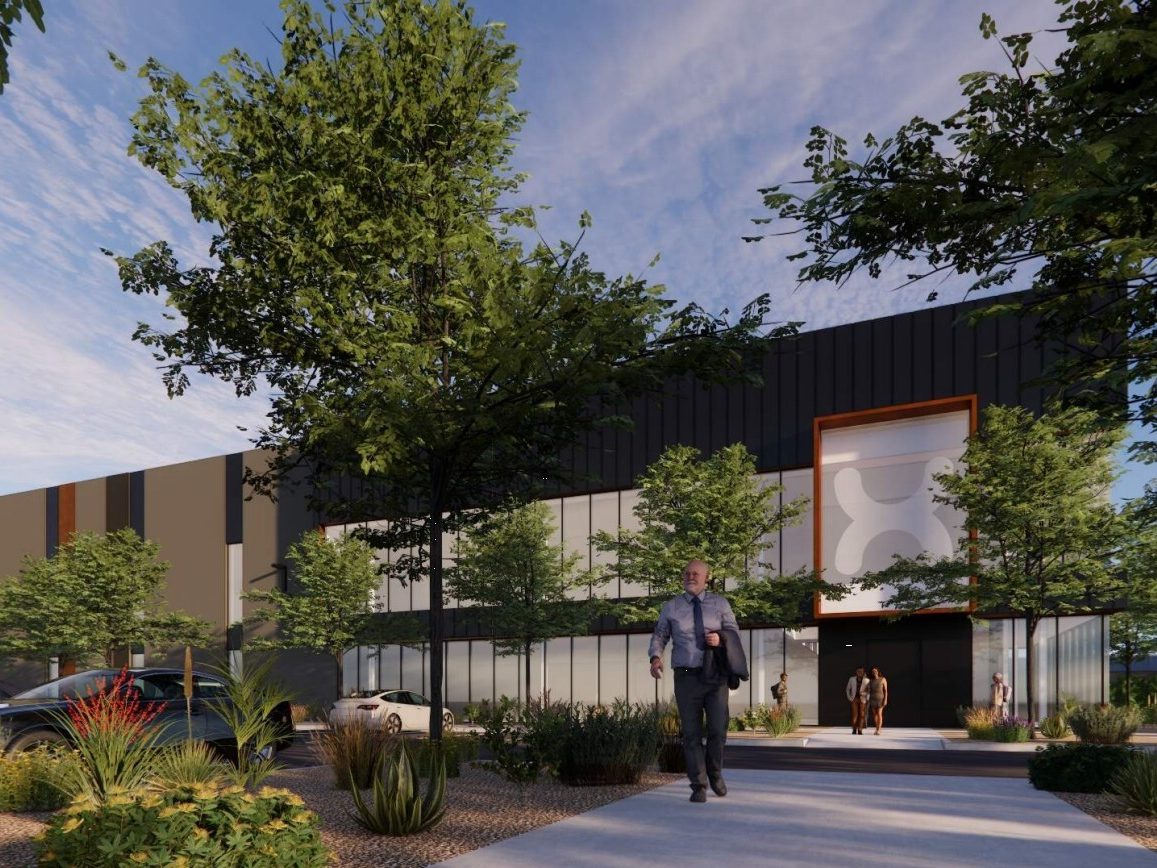Beware of Hidden Issues in Commercial Leases
Veteran real estate attorney Steve Toohill offers tips on avoiding surprise expenses.

Steve Toohill
Certain economic aspects of commercial leases, often ignored in the letter of intent, can help both landlords and tenants reduce their transactional costs and accelerate the contract negotiation process.
Many landlords and tenants enter into commercial lease transactions based on a mutual understanding limited to the most basic economic aspects of the transaction: the lease term, base rent amount, general pass-through of operating expenses and the amount to be funded by the landlord as a tenant improvement allowance and/or other financial concessions.
By addressing and including certain standard risks and expenses, which are likely to arise during the term of the lease (but are often “hidden” terms in relation to the parties’ basic understanding of the economic terms) in their preliminary lease discussions, both landlords and tenants can limit their risks of not accounting for them in their initial agreement.
Here are some of the “hidden” economic issues that should be considered and analyzed by the parties to a commercial lease—along with its basic economic terms—to avoid surprises during the term of the lease.
Hidden Economic Issues in Lease Forms
Parties to a commercial lease transaction often utilize relatively standard lease forms such as the lease forms prepared by AIR CRE (formerly known as AIR Commercial Real Estate Association). While these forms are periodically updated and generally provide a good starting point for the lease review and negotiation process, there are issues with these forms that should be considered along with the basic economic terms of the letter of intent.
For example, one of the key issues for the parties to consider is the allocation of the expense of maintaining the premises and/or building in compliance with existing laws. While the AIR forms provide a warranty and an agreement of the landlord to rectify any noncompliance within a stated period of time, the standard warranty only relates to the landlord’s knowledge of any noncompliance at the time of lease execution.
Therefore, if the landlord doesn’t have knowledge of an existing compliance issue when the lease is executed, the form lease places the cost of rectifying the condition on the tenant.
Issues of Concern for a Landlord
While identifying all of the “hidden” risks for consideration by a landlord is beyond the scope of this article, one good example of how such “hidden” risks can be avoided is the extent to which property expenses are to be passed through to the tenant.
From a landlord’s standpoint, there is a basic level of protection in the ambiguity of operating expenses being defined as “including, but not limited to,” a broad list of expense items. If the parties don’t fundamentally agree, however, on their economic understanding of how certain items, such as capital improvements, additions or replacements, are to be allocated between them, or what expenses should be excluded from operating expense pass-throughs, then the basic economic terms of their letter of intent are incorrect.
Revising those basic economic terms during contract negotiations is much more expensive and time-consuming than documenting a correct understanding of the parties’ expectations in the letter of intent.
Issues of Concern for a Tenant
Allocating operating expenses is equally, if not more, important to the tenant as a “hidden” risk to be addressed as part of the basic economic terms of a commercial lease transaction.
For example, while passing through real property taxes to the tenant might seem uncontroversial, the tenant’s liability for the additional expense of increased assessments, based upon a “split roll” for commercial property or upon changes in ownership, over which the tenant has no control and perceives no benefit for incurring the additional cost of increased taxes, is often very controversial.
Another critical issue for a tenant relates to the landlord’s agreement to provide a tenant improvement allowance for building out the space.
A key issue to consider as part of the parties’ economic understanding of the correct amount to be funded by the landlord—is exactly what constitutes the basic building and systems to be improved with the allowance to solidify the tenant’s expectations of the cost of building out the premises. Otherwise, a material portion of the allowance dollars may end up being spent on what the tenant thought was the existing building improvements.
Similarly, as previously noted, the value of the landlord’s allowance can be substantially reduced by the “hidden” risk of the tenant’s cost of correcting any code violations or complying with access requirements under the Americans with Disabilities Act.
The ultimate goal of the landlord and tenant in negotiating and finalizing a commercial lease should be to understand and fairly allocate the risks between the parties and attempting to avoid any potential significant unexpected economic allocation of these risks to either a landlord or a tenant.
Steve Toohill is a partner at Solomon Ward Seidenwurm & Smith LLP.







You must be logged in to post a comment.